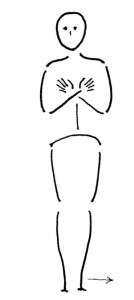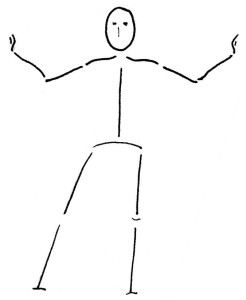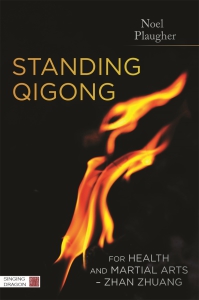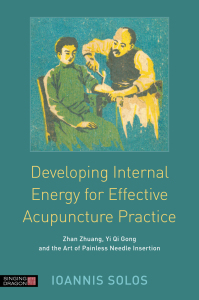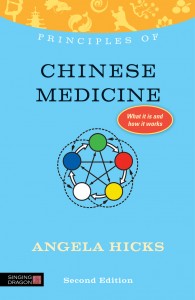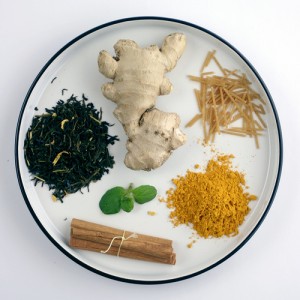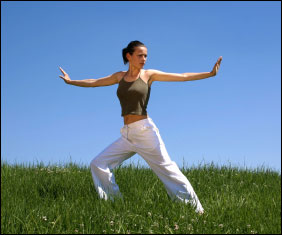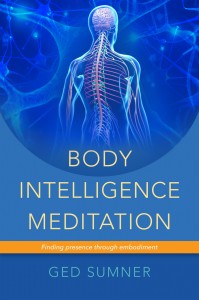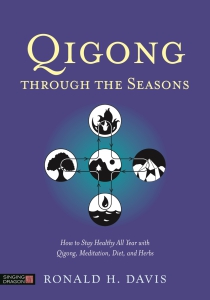 The following article is adapted from the book Qigong Through the Seasons by Ronald H. Davis.
The following article is adapted from the book Qigong Through the Seasons by Ronald H. Davis.
The practice of Qigong Through the Seasons is designed to harmonize the health of your internal organs with the seasonal energetic changes of nature.
Autumn is the time to give special attention to the Lungs. Breathing is the most important thing you do from moment to moment and yet most of us are unaware of how we breathe and have lost our innate connection to the breath cycle. We, therefore, often fail to completely benefit from the power of correct breathing.
The Source of Qi
Breathing stands out as our quintessential rhythmic interaction with the world; lungs function as a permeable interface between each of us and everything else. The lungs are yin organs that receive air from the outside world, extract its healthy components and send them downward to the lower dan tian, the primary energy center of the abdomen, to be combined with the nutrients of food. That fusion of air’s vitality and food’s energy produces our greatest quantity of qi. In ancient times, the word ‘qi’ primarily had the meaning of ‘vital breath’ emphasizing that our indispensable energy comes from breathing.
Astonishingly, the lungs eliminate seventy percent of the body’s waste products. This makes exhalation a hugely significant detoxifying activity. We must completely exhale so that the respiratory system can flush out toxins and debris; only then can we receive a full complement of fresh air on the next inhalation. Stress, fear, anger, and doubt are the main emotional states that interfere with a healthy exhalation. Many people subconsciously don’t let go of the breath—they feel like they must hold on to that last bit of air, otherwise they may expire. The ability to completely let go of the breath often relates to issues of trust and relaxation.
The correct practice of qigong creates mental tranquility and thus will profoundly enhance healthy breathing by relaxing the lungs and allowing them to freely function. The following exercise, White Healing Mist, is the most important qigong exercise to do during the autumn season. It uses mental intention, body movement, and regulated breathing to purify and strengthen the lungs.
White Healing Mist Exercise
This graceful neigong (internal qigong) exercise fills the lungs with fresh qi while cleansing them of turbid qi. The intent of the mind uses detailed imagery of pure and impure qi. The movement of the hands leads the qi into and out of each lung. The ‘white healing mist’ can be any personal image that conveys a sense of purity, freshness, tranquility and healing. The ‘toxins’ can be not only respiratory debris but also cloudy, unhealthy thoughts. As the interface between internal and external worlds, the lungs command our self-defense system. When doing this practice, you may want to identify those healthy and unhealthy aspects of your life. Then you can nurture the good with the white mist, and purge the bad along with the toxins. Do this exercise slowly with focused concentration on one lung at a time. The unilateral emphasis is unusual since most qigong exercises are done for both lungs simultaneously, but that special concentration on one lung at a time increases the concentration of qi, which makes this a very powerful healing exercise. You can do this for the common chest cold and for all serious diseases of the lungs.
Begin with feet close together, hands crossed and touching the chest over the lungs. The right hand is over the left lung and the left hand is over the right lung.
Take a slow, relaxed breath and think of your lungs there under your hands. Make a mental connection between your hands and your lungs.
Step to the side with the left foot.
Inhale, shift weight to the left leg so that the left lung is lined up over the left knee. At the same time, open the arms and slowly, swing the hands forward and then laterally out until the arms are extended to the side with fingers up and the palms facing away from the body. Left knee is bent, right knee is straight.
Think of inhaling a white healing mist into the left lung only.
Exhale, step back to center with the left foot, straighten knees, the hands return to the chest, cross them so that the right hand is touching over the left lung. The left hand touches over the right lung.
Think of exhaling grey smoky toxins from the left lung only. Although both hands are touching your chest, your focused intention goes to the left lung only.
Repeat for the right lung by stepping to the right, etc. Do 8 repetitions, alternating left and right.
The complete set of Autumn Qigong exercises, along with suggested foods and herbs for seasonal health, are fully described and illustrated in chapter 8 of Qigong Through The Seasons.
Ronald H. Davis is an acupuncturist and chiropractor. He has been practicing Qigong since 1986 and is the founder of The Health Movement, a group of classes and educational materials designed to improve a person’s wellbeing through the use of traditional and complementary healthcare methods. Ronald offers classes in Qigong, Taiji and spinal healthcare and lives in Bozeman, Montana, USA.
